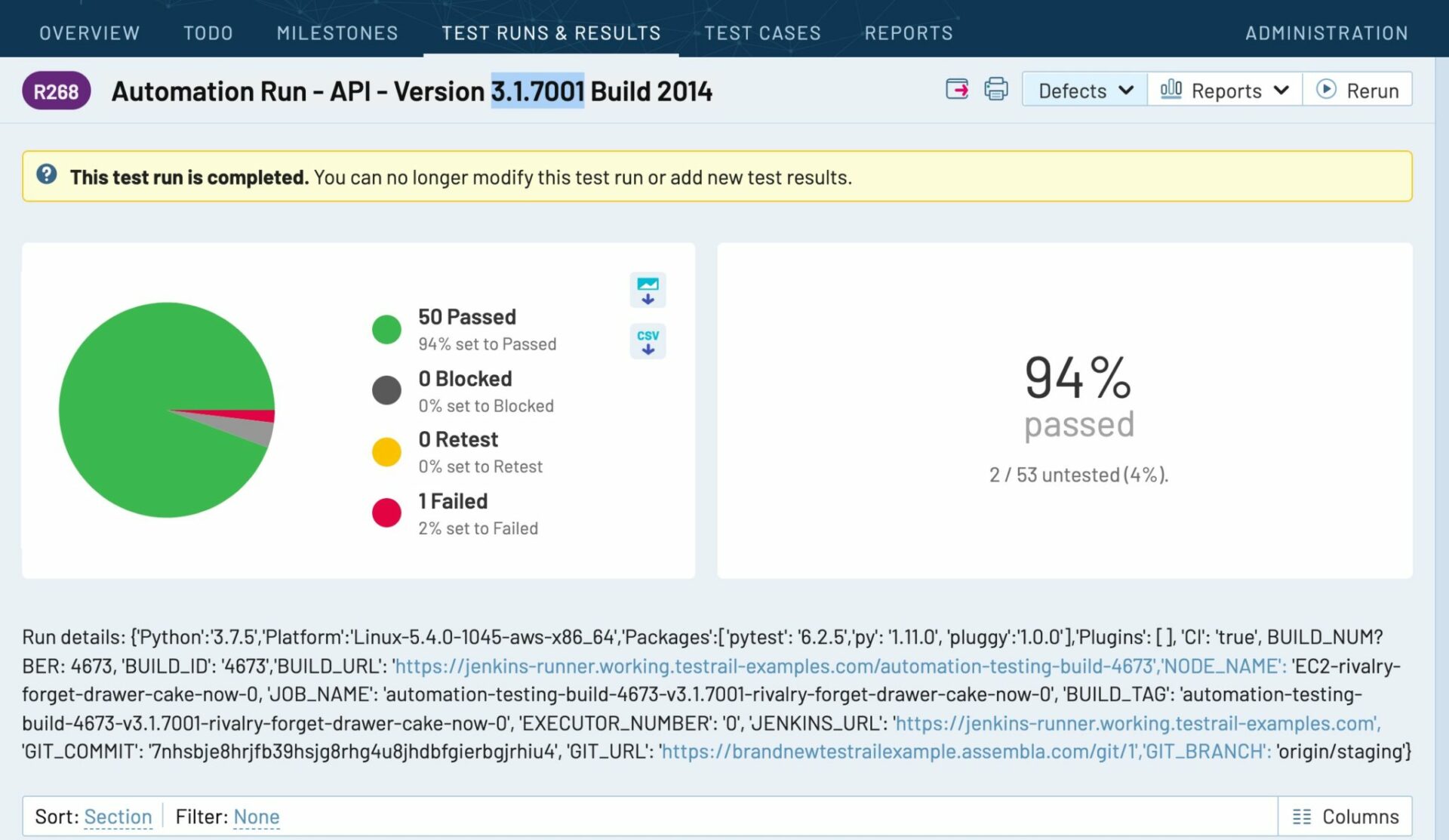For teams that do modern testing and require a solution that is easy to onboard and user-friendly, TestRail is a much better fit. If you’re looking to understand the differences between TestRail, ALM QC, and ALM Octane, you’ve come to the right place.
Compare TestRail vs. ALM Quality Center vs. ALM Octane

“ALM was very cluttered, while TestRail was clean and made it easy to get to where you needed to go—a real tester-friendly tool. TestRail allowed us to hit the ground running.”

David Brown
QA Service Manager
Argos Limited
Why users love TestRail
TestRail integrates with almost any defect or requirements tracker and test automation framework so that all testing activities are viewed through a single pane of glass
TestRail gives visibility into QA to technical and business users alike through scheduled reports or real-time dashboards
TestRail scales with your organization, allowing you to manage thousands of test cases and millions of test executions across a single TestRail instance without slowing it down
It’s easy to centralize, push, and pull information to and from TestRail with the extensive API, webhooks, or TestRail CLI
TestRail has a variety of flexible reporting templates (overview of test summaries, burndown, test coverage, test traceability, workload per team/team member, etc.) to share your QA’s status internally and progress within the team and stakeholders
TestRail is fast and easy to use, making it easy to organize your testing and onboard new team members
TestRail gives you complete control over your testing processes with the ability to lock historical test execution from future changes, control user permissions through role-based security settings, and build test case review and approval workflows
TestRail meets most security requirements set forth by users’ IT departments like SOC 2 Type 2 compliance, multi-factor authentication, and single sign-on


Argos Limited QA team was able to save more than $180,000 a year by replacing ALM/QC with TestRail:
“The savings from TestRail was a significant amount—you can do a bit with that. That’s 4-5 extra heads on the team.”

David Brown
QA Service Manager
Argos Limited
Top reasons why teams choose TestRail
TestRail vs. Micro Focus ALM/QC
Micro Focus ALM/QC is a legacy tool, and the user interface is old, clunky, and hard to use. Test case creation is so time-consuming that many ALM/QC users report using an Excel add-in to write test cases. Also, it requires manual traceability between test evidence and stories. In addition to that, ALM/QC doesn’t have a native integration with Jira and offers rigid reports that cannot be adjusted to meet the unique wants and needs of its users. It also comes with high overhead costs.
Why choose TestRail over Micro Focus ALM/QC
TestRail has better performance and a more intuitive UI so that teams can complete more work in less time
TestRail has native integration with Jira
TestRail is a more scalable solution with flexible and customizable workflows that support modern Agile and DevOps development methodologies
TestRail gives you the ability to customize your QA processes to fit your specific testing workflows and easily integrate with your tech stack using TestRail’s extensive API, webhooks, or the TestRail CLI
TestRail comes at a fraction of the cost of ALM/QC. This allows QA teams to either expand the users that have access to your test management platform, which improves test visibility and team collaboration, or deploy those saved resources to other high-value testing projects or tools





